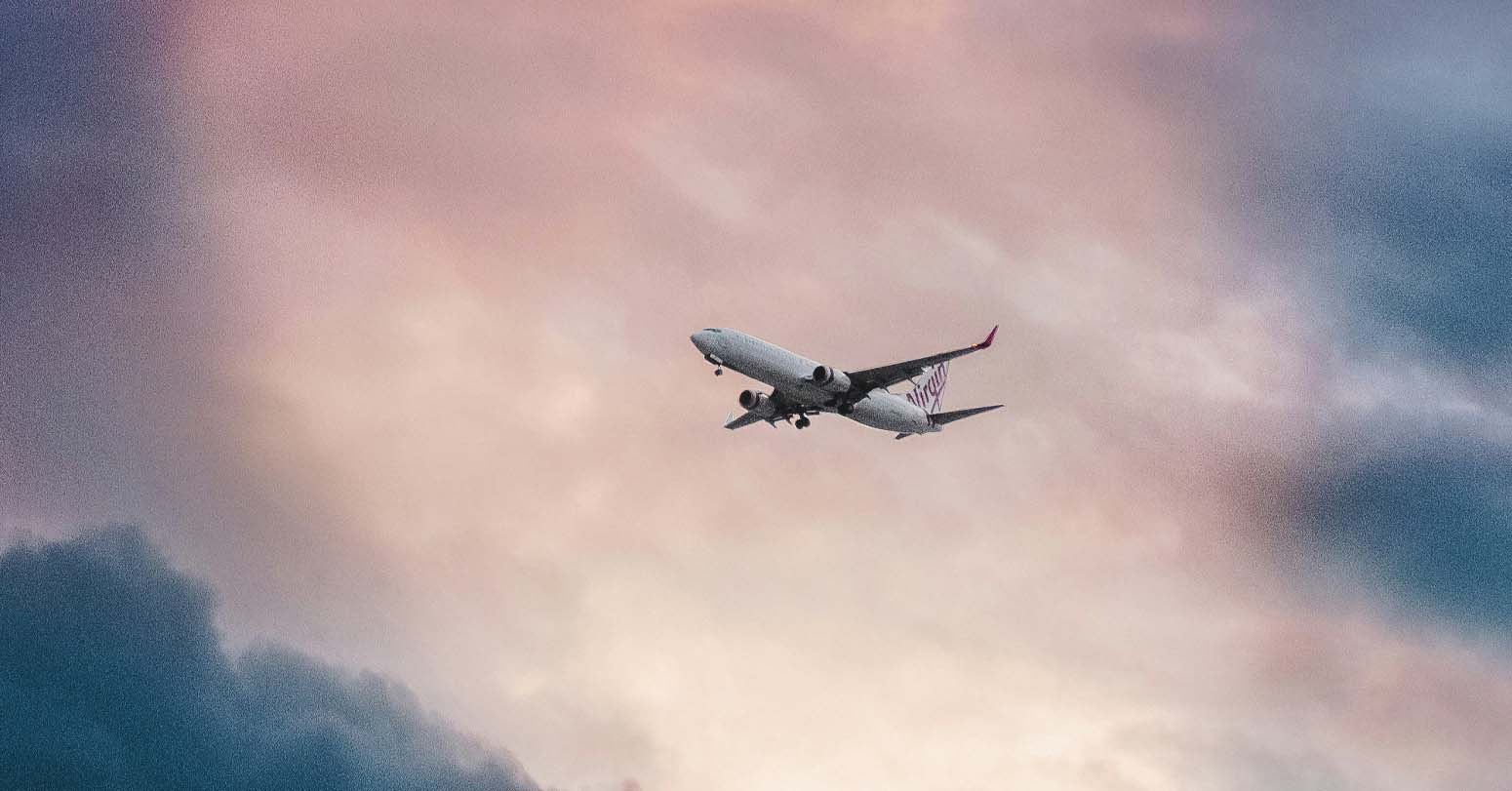
A United Nations agency said it has discovered five bombs in a wall of Mosul's iconic Al-Nuri mosque, planted years ago by Islamic State group jihadists, during restoration work in the northern Iraqi city.
Five "large-scale explosive devices, designed to trigger a massive destruction of the site," were found in the southern wall of the prayer hall on Tuesday by the UNESCO team working at the site, a representative for the agency told AFP late Friday.
Mosul's Al-Nuri mosque and the adjacent leaning minaret nicknamed Al-Hadba or the "hunchback", which dates from the 12th century, were destroyed during the battle to retake the city from IS.
Iraq's army accused IS, which occupied Mosul for three years, of planting explosives at the site and blowing it up.
UNESCO, the UN cultural agency, has been working to restore the mosque and other architectural heritage sites in the city, much of it reduced to rubble in the battle to retake it in 2017.
"The Iraqi armed forces immediately secured the area and the situation is now fully under control," UNESCO added.
One bomb was removed, but four other 1.5-kilogram (3.3-pound) devices "remain connected to each other" and are expected to be cleared in the coming days, it said.
"These explosive devices were hidden inside a wall, which was specially rebuilt around them: it explains why they could not be discovered when the site was cleared by Iraqi forces" in 2020, the agency said.
Iraqi General Tahseen al-Khafaji, spokesperson for the Joint Operations Command of various Iraqi forces, confirmed the discovery of "several explosive devices from ISIS jihadists in Al-Nuri mosque."
He said provincial deminers requested help from the Defence Ministry in Baghdad to defuse the remaining munitions because of their "complex manufacturing".
Construction work has been suspended at the site until the bombs are removed.
It was from Al-Nuri mosque that Abu Bakr Al-Baghdadi, the then-leader of IS, proclaimed the establishment of the group's "caliphate" in July 2014.
The jihadists took over large swathes of territory in Iraq and neighbouring Syria, which they ruled with brutality.
Iraqi forces backed by a US-led coalition drove IS out of Mosul in 2017.
The Al-Nuri mosque derives its name from Nureddine al-Zinki, the unifier of Syria who also reigned for a time over Mosul and ordered its construction in 1172.
It was destroyed and rebuilt in 1942 in a renovation project, with only the ancient minaret remaining from the original structure.
The current restoration of Al-Nuri, largely funded by the United Arab Emirates, is still expected to be completed in December 2024.
This, said UNESCO, will finally erase "the stigma" of IS occupation.
The minaret -- which will be reconstructed at a slant upon the request of locals -- is being rebuilt with 45,000 of the original bricks saved from the rubble, only a third of the original structure.
The bomb scare was not the first surprise discovery at Al-Nuri. In January 2022, restoration teams unearthed an underground prayer room from the original 12th century building.
-AFP






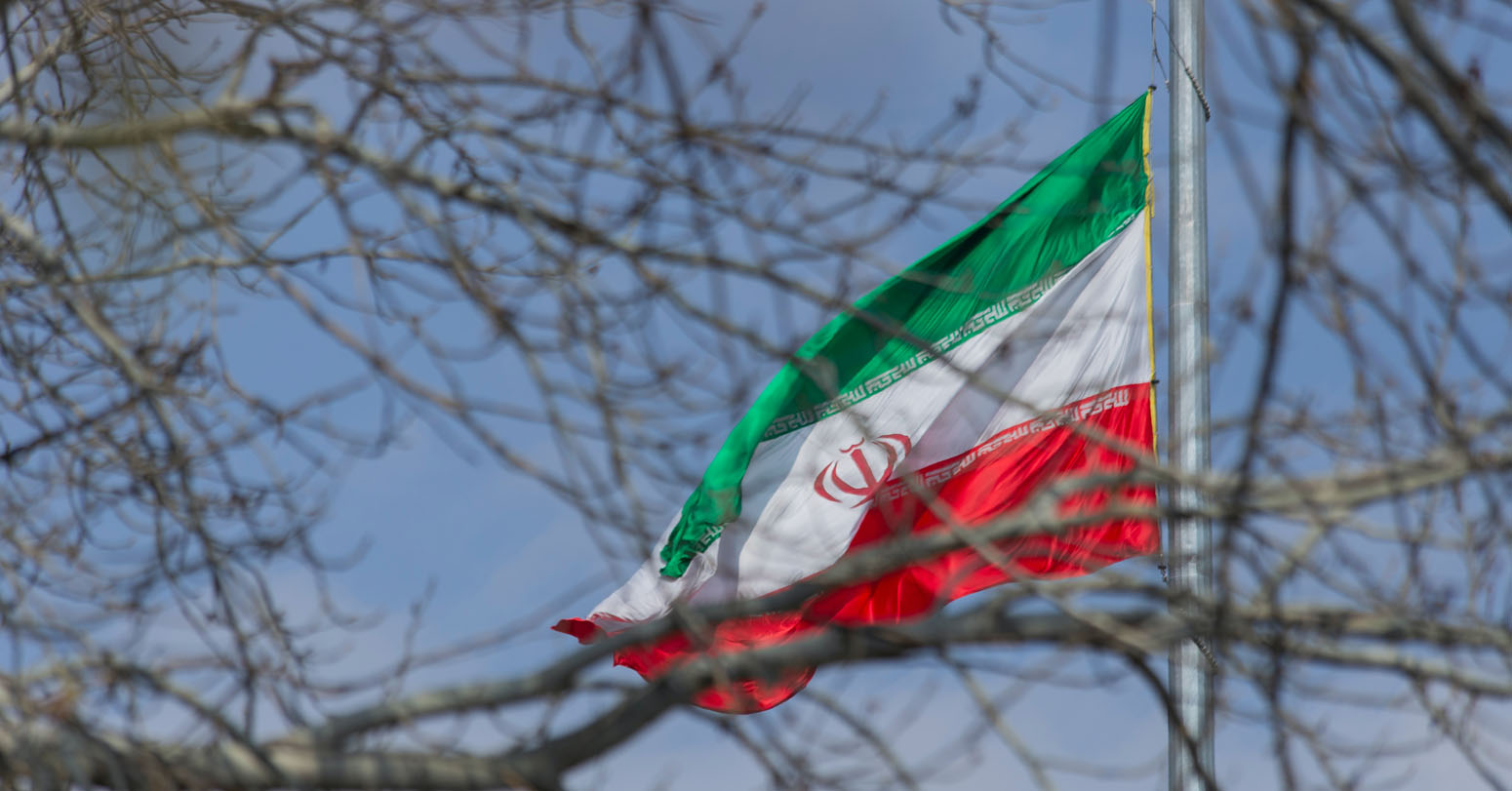

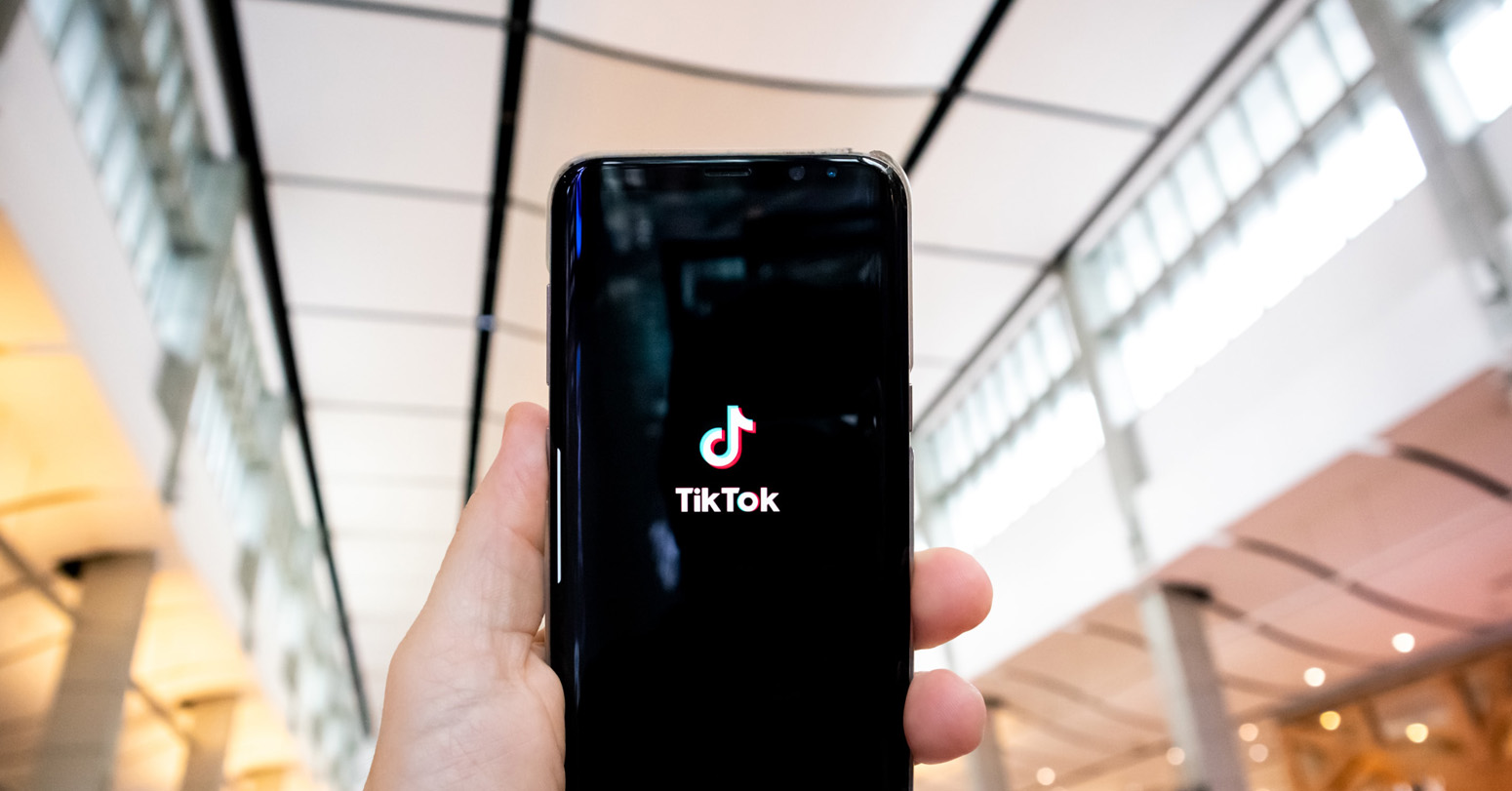
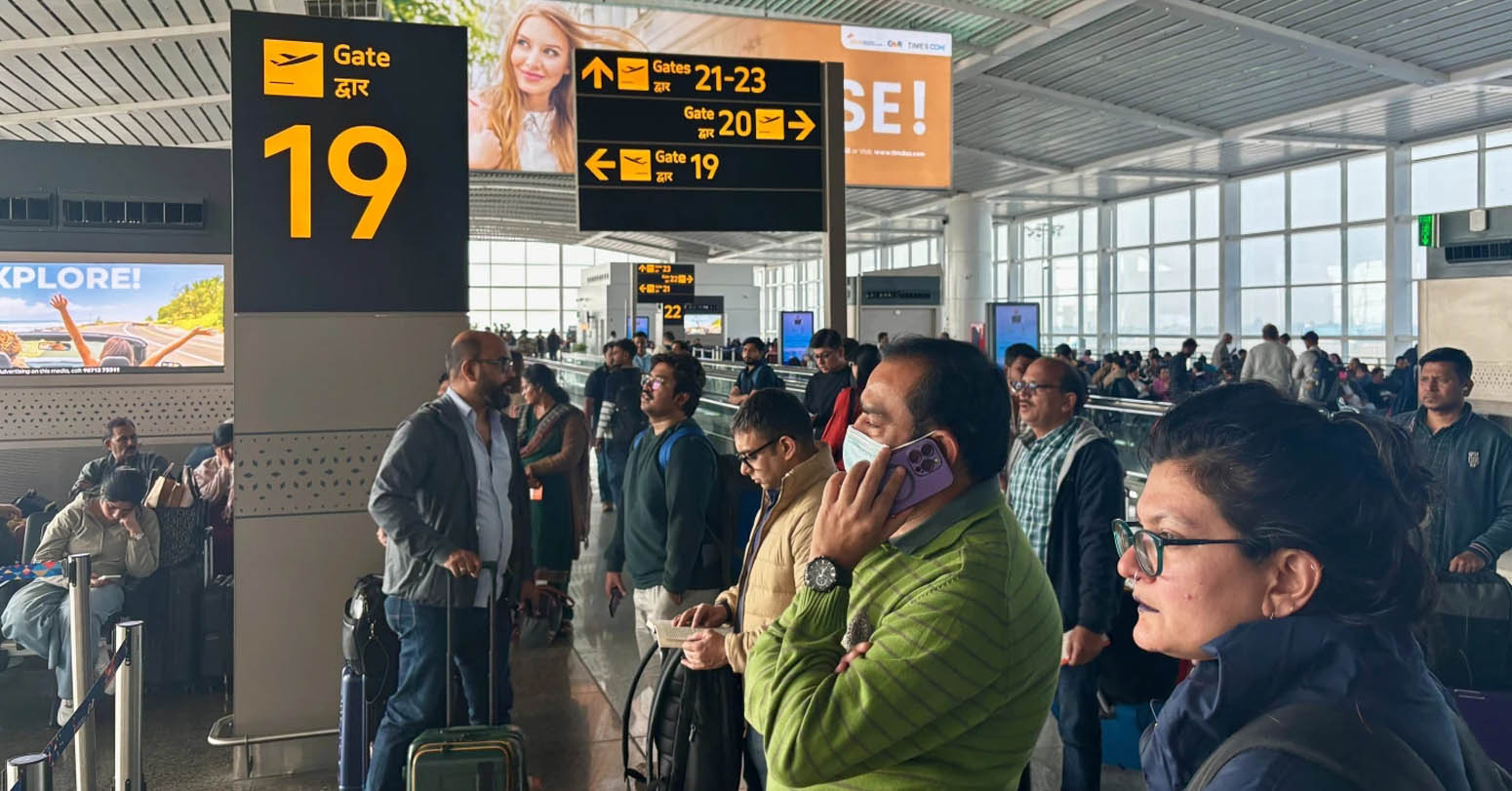


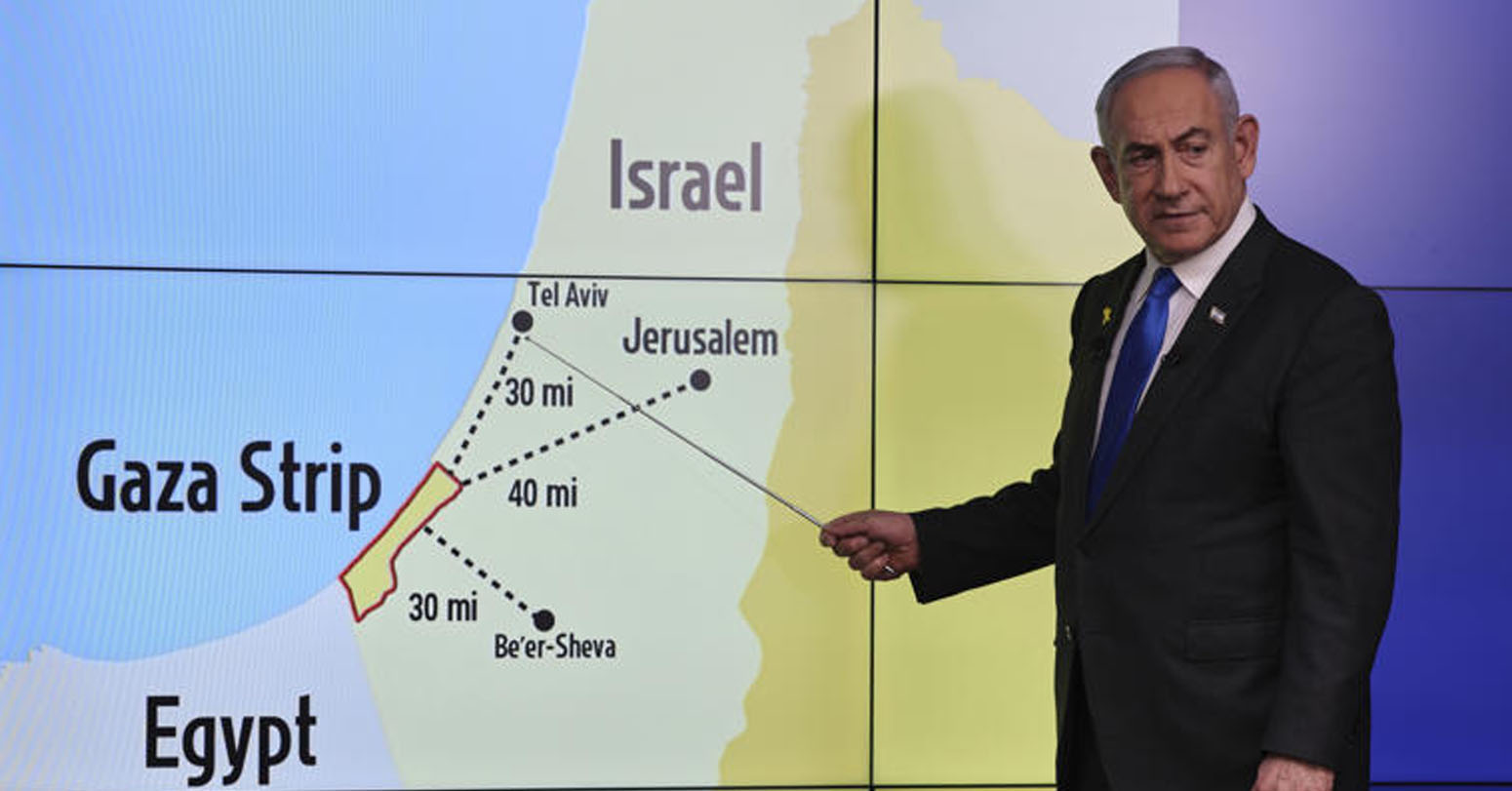

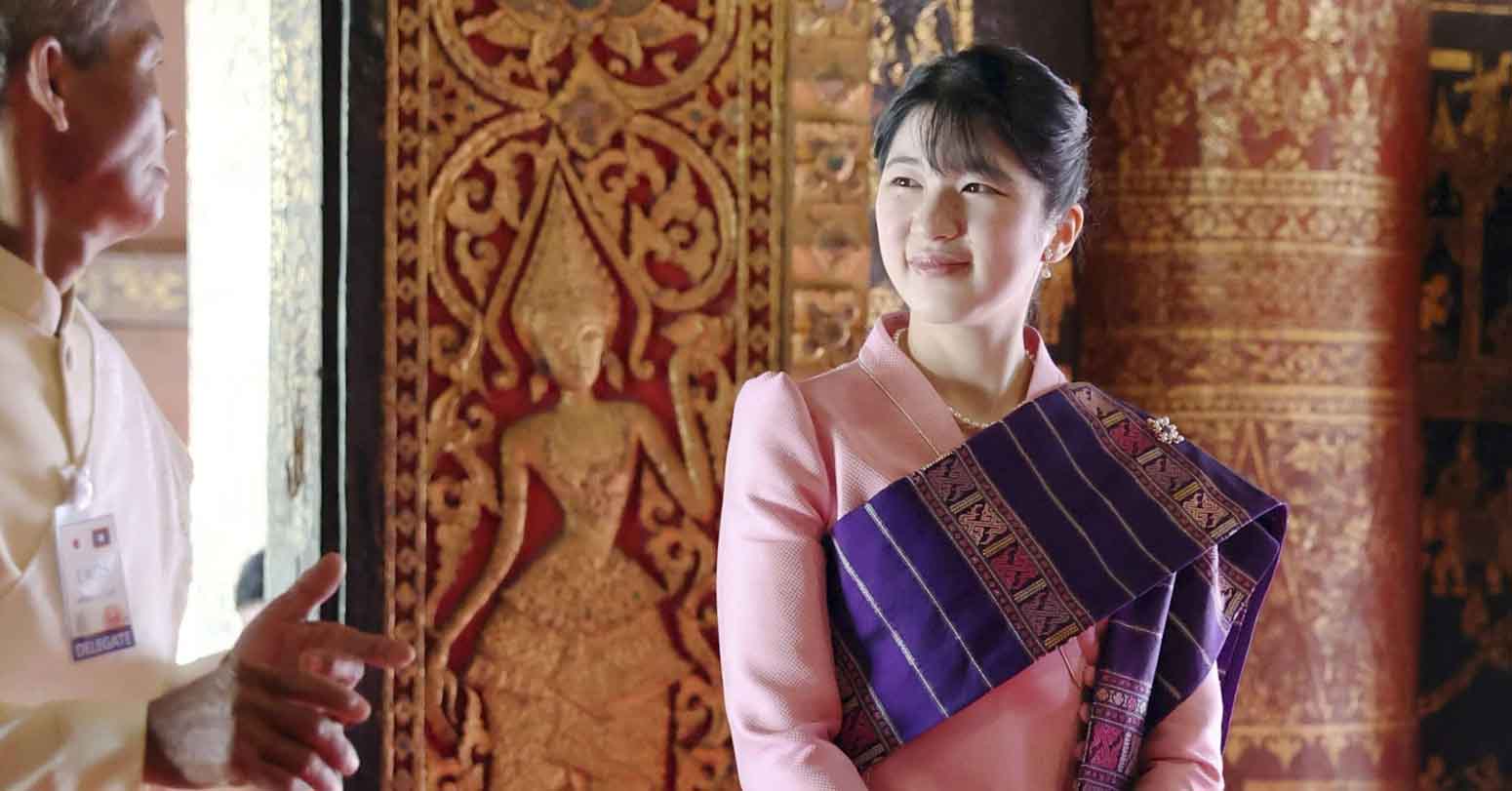
Middle-aged man spends millions to
Dr. Dharam Raj Upadhyay: Man
Children, Greatest Victims Of Sudan’s
Breathing The Unbreathable Air
Comprehensive Data Protection Law Critically
Gender Differences In Mental Healthcare